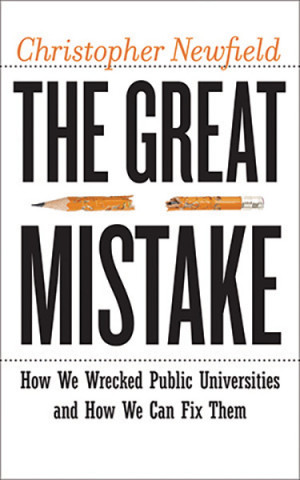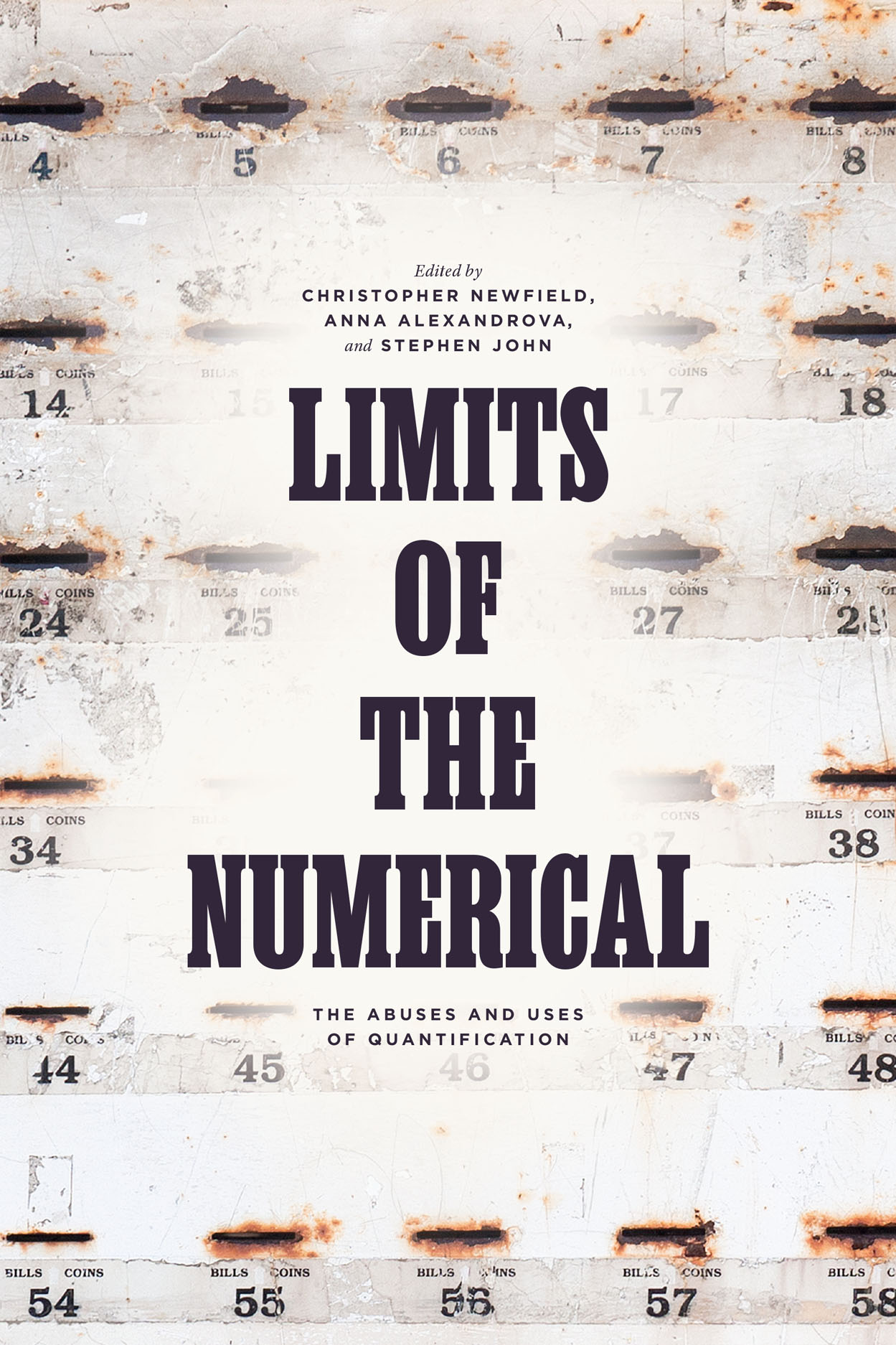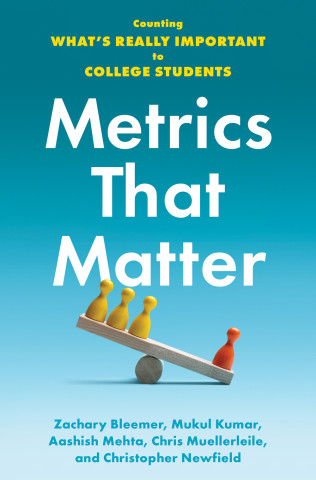by Leslie Bary, Department of Modern Languages, University of Louisiana at Lafayette
I teach Latin American literature and culture in a public research university that, having lost half its state funding over the past five years, has moved at near warp speed to an entrepreneurial model. So as to become more current on pedogogical and policy issues affecting us and other institutions in similar situations, this summer I joined a Coursera MOOC and a Facebook group where faculty from around the country discuss online teaching.
In 2008, the year the markets crashed, the Gates Foundation announced a new focus on recasting postsecondary education as a credentialing process. Gates and other private foundations dedicated to the educational “reform” movement donated generously to news organizations covering higher education. The opinion pages of newspapers like the New York Times and the Wall Street Journal advanced the foundation agenda, touting the advantages of massive open online courses, or MOOCs.
Backed by venture capital, these low-cost courses would allegedly solve the budget crisis in higher education by supplanting traditional universities. Taught by the best faculty, in the most modern way, MOOCs would be a pedagogical improvement as well as a device to cut costs or perhaps, raise revenue.
The MOOC I took, however, was pedagogically weak. The topic was Latin American culture. The professor had no academic preparation in the field. The course bore the brand of an institution that does not recognize it for credit, even from the division for continuing education.
In six weeks we were assigned one academic article. Other readings and lectures appeared to be derived from popular encyclopedias. They offered shapeless, often outdated lists of names and facts. Key readings were policy proposals from private foundations and international organizations based in G-8 countries, informed by assumptions about the region that were never debated. A typical discussion question was, “Has urbanization encouraged development in Latin America?” We had quiz questions on whether global warming had an effect on Latin America, whether eco-tourism were available, and whether Latin Americans had contributed to world literature.
By the third week there were active forum threads on design weaknesses of every type, from the poor quality of questions to the chaotic architecture of the website. Other common complaints were the inaccessibility of the professor, the lack of monitoring on the forums, and a grading system that ignored content in favor of form.
Automated messages from Coursera, meanwhile, told us we were wonderful students, dedicated to learning. Would we like to join the Signature Track, offering a paper diploma and a signature in ink? The Signature Track normally cost $59, but it was available for a special price of $29.
Soon the approach to the material came under serious challenge. The course assumed a Latin American cultural unity, based on a common past and presaging future glory. It drew on mid-twentieth century developmentalism, and emphasized the importance of free trade. Many students knew how dated and how partial these perspectives were, and the discussions questioning them were spirited.
Students also set up web pages to help each other search for more comprehensive and more objective sources, and more nuanced discussions of Latin American cultural processes. The pages attempted to counterbalance the lack of authentic materials from Latin America in the course, and the preponderance of material from organizations defining Latin America as a “problem” to be solved by Europe and the United States. This was “peer-to-peer” learning, but we could have engaged in it at a higher level had we not been obliged to excavate basic materials and cast off outdated arguments first.
We were at a disadvantage in comparison with students in regular online courses, since they can count on library databases, journals, e-books, and bibliographic guides, as well as online chat and telephone consultation with reference librarians. The lack of access to such resources rarely comes up in discussions of MOOCs. But library resources are essential to any “top-tier” education.
This apparent oversight may indicate a deeper problem in the MOOC ideology. The MOOC enthusiasts claim that learning is best done without traditional teaching, imply that these do not go together, and assume that research is unrelated to either. It would be disingenuous to say my MOOC classmates improved upon traditional university education by sidelining the professor and engaging in collaborative learning.
The students did pool resources to discuss the course topic, despite the lack of materials and of a professor working in field. Given an informed and engaged professor, richer course materials, and access to a research library, things normally provided in university courses, the quality of discussion and of collaborative projects could have risen higher.
Is the MOOC I took an anomaly? Or is it what MOOCs may become once the current fervor wanes? Are star-led MOOCs the wave of the future? Or will these be a small vanguard of loss leaders, designed to legitimate the new convention, but soon to be diluted in cost-cutting mediocrity?
In my Facebook discussions on MOOCs and online teaching with faculty nationwide, it became evident that a well thought out MOOC is expensive to create and to run. Those preparing MOOCs reported large investments of equipment, time, and technical assistance. Much of this preparation would have to be repeated for each iteration of the course, if it were to remain fresh. Only MOOCs preserved like yellowed lecture notes would be inexpensive.
To think clearly about well-tempered MOOCs, we might separate the project of making education more affordable from that of offering courses from US universities to global audiences. The conflation of these two projects, through the intimation that the work of corporations like Coursera is a philanthropic project to “democratize” access to higher education, muddies the issues substantially. Privatization often sells itself by offering both democracy and economy, as it stakes out new resources to monetize. We should not let this rhetoric direct our thinking on educational practice.
Finally, although the desire to improve educational quality worldwide may be laudable, it overlooks state institutions like mine, hard-hit by the funding crisis. Can MOOCs save our students? I am in a better one now, with a good professor. Students in it, more MOOC-savvy than I, marvel: “Why can all MOOCs not be like this?” That this course stands out as it does only indicates that the poor pedagogy MOOC promoters bewail pervades MOOCs as well.
Another Day; Another Academic Shooting
12 hours ago





6 comments:
"We might separate the project of making education more affordable from that of offering courses from US universities to global audiences." Yes!
Drucker: "Another common mistake is to patch up the old rather than to go all-out for the new.... There comes a point when one has to look at what the job requires, and design for that job, rather than saying, 'This is how we've always done it. Let's improve it a little bit.' This is one of those critical decisions. It is one of the crucial tasks of the executive to know when to say, 'Enough is enough. Let's stop improving. There are too many patches on those pants.' ... When a strategy or an action doesn't seem to be working, the rule is, 'If at first you don't succeed, try once more. Then do something else." Managing the Nonprofit Organization
Kerr: "In a very real sense, the faculty is the university--its most productive element, its source of distinction. And faculty members are properly partners in the enterprise with areas reserved for their exclusive control. Yet when change comes it is rarely at the instigation of this group of partners as a collective body. The group is more likely to accept or reject or comment, than to devise and propose.... Changes initiated from the outside...are especially easy to accomplish.... Change comes more through spawning the new than reforming the old." The Uses of the University
If this is the stuff university administrators are reading, then MOOCs would appear to be the answer for a dissatisfaction with efforts to reform how curriculum is being designed and courses taught. If this is the stuff that faculty read, then perhaps the question is whether it's time to try something new with *administration*.
As for courses, there a ton of ways to use digital media to advance instruction. MOOCs are talking textbooks wrapped around social media sold to speculators looking to take a cut of university revenue flows. Surely there are other changes that individual faculty might propose that would out-compete the MOOC and provide students with something they really do want--access to great instructors who take an interest in their learning. You know, like the really top notch courses on campus, er, like the football program.
Yes. And great line, Gerry Barnett: "MOOCs are talking textbooks wrapped around social media sold to speculators looking to take a cut of university revenue flows."
Probably many people here know this already, but it should be emphasized that MOOCs are not representative of all on-line education. This elision is consistently performed in what I would characterize as the educated but naive pop press (NPR, New York Times). I have taught on-line for more than a decade (as well as in person for more than two decades), and a good on-line course with intensive professor-student interaction required for learning is, if anything, *less* massive than a live course. Hence, on-line delivery is not a cost panacea (it is, however, an access benefit, and has some good pedagogical qualities). Because MOOCs are presented as the low-cost magical wand for higher ed, people are mystified and confused; exaggerated benefits for on-line education are promised, which will not happen, and thoughtless anti-on-line reactions are induced by fear of impersonality of on-line education. In regard to the latter, a normal size course in on-line format (mine run at 40 for upper division undergrad courses) result in very high degrees of personal engagement in student/professor interaction directed at individual learning process.
Thanks for sharing this with us and giving us all the information. I think everyone tries to get a cheaper insurance if possible. That is one of the fixed cost which people find it expensive.
12th five year plan education | mooc
Yes -- this distinction is key.
Hmmm ... meant that as an affirmation of Aonymous' comment, above.
Join the Conversation
Note: Firefox is occasionally incompatible with our comments section. We apologize for the inconvenience.